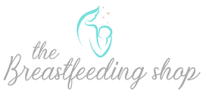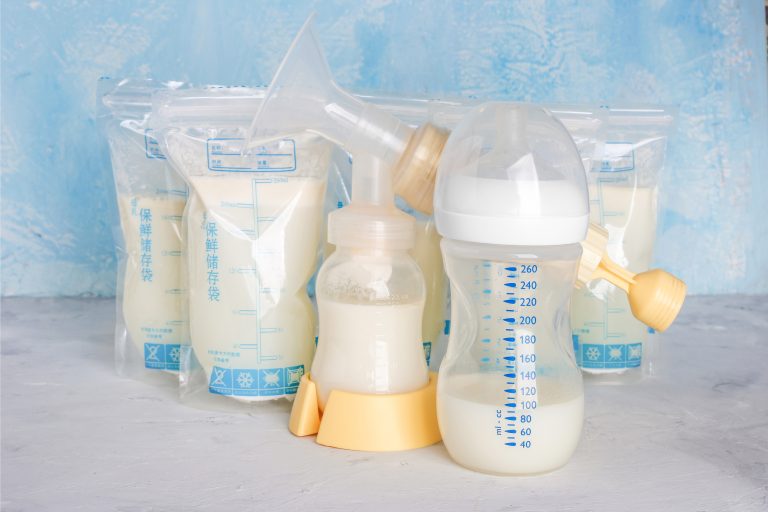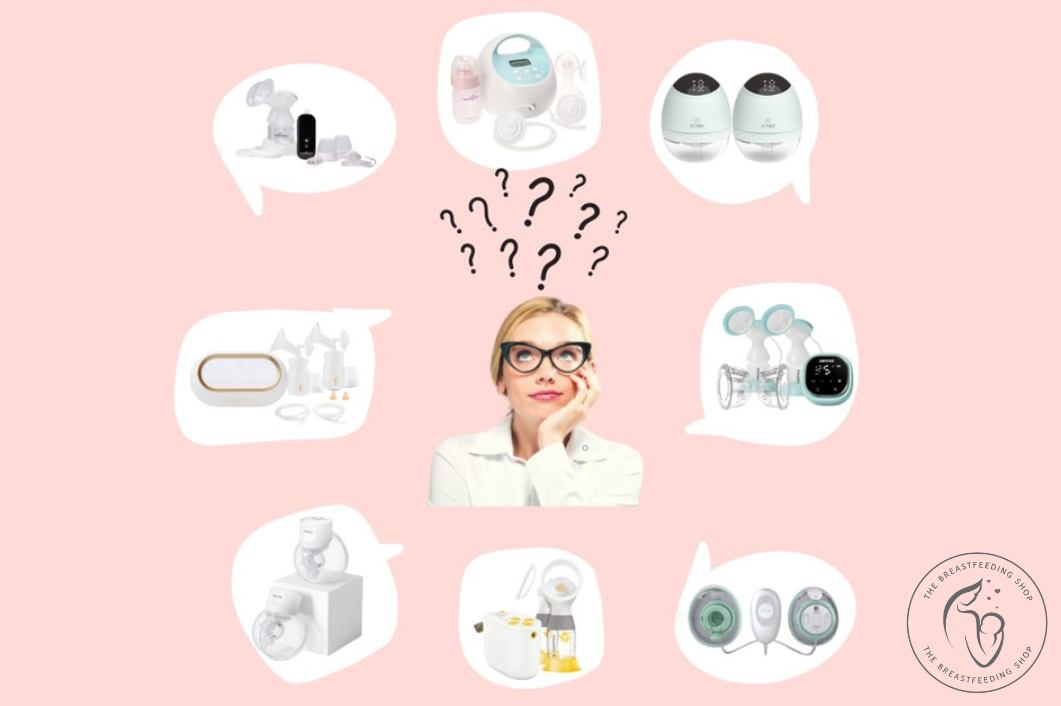How to Store Breast Milk
You might be a working mom, or you could have a partner who would like to help out with feedings. Maybe you have two or three kids and a husband to look after. Or, perhaps it’s just nice to have a little break every once in a while. Whatever your specific needs, wants, and duties are — it doesn’t hurt to have some spare breast milk stored in the freezer or refrigerator for your baby. You never know when it may come in handy. If you’re a breastfeeding mom, and you have to spend a few hours away from your baby — you definitely need to have some breast milk stored up. So, you may be wondering how to store breast milk. Not to worry, because we’re here to help you with all of your breastfeeding and pumping needs.
Pumping Milk for Your Baby
If you’re away from your baby during a period when he or she would usually be feeding, you should plan to pump during that same time. This way, your milk supply won’t be affected. If you miss a session every once and a while, it should be perfectly fine. But you don’t want to make it a regular recurrence. If you start to nurse less often, your body will produce less and less milk. Meanwhile, your baby will be growing and probably feeding more and more. Additionally, don’t forget to wash your hands before pumping milk.
If you’re having some trouble expressing milk while you’re away from your baby, try not to stress yourself out about it. You want to relax and create a comfortable, cozy place where you go to pump. That may be easier said than done if you’re pumping in your car on your lunch break. But do what you can to relax. And there are a couple things you can do to make it seem like your child is there. Bring along a photo of your child. Or grab a blanket or piece of clothing that smells like your baby. This little reminder can help you get the milk flowing.
Is One Breast Pump Better than Another?
If you’re wondering, “What’s the best way for me to store my breast milk?” The first step is getting a breast pump that is best for your needs. Maybe you only plan to pump occasionally and are interested in getting a manual breast pump. Or, if you’re looking to stay ahead of your work or parenting duties by multitasking while you pump milk, you should look into getting one of our wearable hands-free breast pumps. Some of our favorite models include the Elvie and the Freemie Independence.
If you’re returning to the workforce after you have a baby, that probably means that you’ll be pumping every day, several times a day. It can help save you some time if you opt for a powerful, hospital-grade breast pump. Plus, these are durable breast pumps that you can take anywhere. Some of our favorites include Motif Luna, Spectra S1, and Sepctra S2. When you’re not quite sure which pump you’d like to get, feel free to reach out to us at The Breastfeeding Shop. We can help you find the right breast pump. Our knowledgeable staff members are here for you. And we’ll gladly break down the differences between a Motif Luna vs. a Spectra S1 or an Elvie vs. an Ameda. Plus, we make it very easy to get a top breast pump through insurance.
How to Store Breast Milk in the Fridge
Storing your breast milk properly is important. If you’re pumping milk that you plan to feed to your baby within the next couple hours, you can leave it at room temperature. If it’s going to be longer than that, you’ll need to use a cooler with ice packs or the refrigerator. It’s best to transfer the milk from the cooler to the fridge within 24 hours. Then, you can store breast milk in the fridge for four to eight days at the most. But you want to place the milk in the back of the fridge so that warm air isn’t hitting it every time you go to grab some food or a beverage.
You may be wondering, “What should I store my breast milk in?” You need a storage device that doesn’t have bisphenol A (BPA). Disposable bottles aren’t good, and neither are normal household plastic bags. There are special milk storage bags that you can get. In addition to insurance breast pumps, most insurance providers will also cover storage bags or bottles.
Pro tip: on the bottom of the bag, write the date that you pumped the milk. This way, you know that you’re using the oldest milk first. You don’t want to let any milk go for too long, or it will start to lose those nutrients that your baby needs to grow. Additionally, if you’re taking your baby to a child care center, write your name on the bag too. This way, your milk will be sure to go to your baby.
How to Store Breast Milk in the Freezer
If you plan on storing your breast milk for more than four days, it’s best to put it in the back of the freezer. You should freeze the breast milk in small amounts between 2 to 4 oz. You want to leave extra space in the storage bag for the milk to freeze and expand. And if your baby isn’t particularly hungry at a certain time, you’re not wasting too much milk. Once you thaw the breast milk once, you cannot refreeze it.
To thaw the breast milk, you can just take it out of the freezer and store it in the fridge overnight. Then you have 24 hours to use that milk. But maybe you don’t have all night to wait for milk to thaw. That’s okay. You can just run the bottle under warm water or stick it in another container that has warm water in it. Do not put breast milk in the microwave. You may end up burning your baby. Make sure to test the temperature yourself by dabbing a small amount on your wrist. Once the milk is thawed to room temperature, it should be used within two hours.
Building Up a Breast Milk Supply
This is going to take some work. So, you’ll want to start building up your breast milk stash in the freezer before you head back to work. It’s best to start two or three weeks in advance. If you’ve only been producing enough milk for baby’s immediate needs, you’ll need time to start producing more milk. After your baby is done feeding, plan to have a pumping session. Also, you may want to do this in the morning. Many women have a more abundant milk supply in the morning. If you’re pressed for time, you can try to feed your baby on one breast and use the other to pump.
How Do I Get My Baby to Take to the Bottle?
This is another important issue when it comes to bottle-feeding. Some baby’s will resist the bottle, but there are a few things you can do to ease the transition to bottle feeding. First, you’ll want to wait at least three or four weeks after the baby is born. And you want to see some good latching before you give the bottle a go. If the baby is crying or really worked up, introduce the bottle next time. You’re more likely to have success with a calm baby that isn’t too sleepy after a nap.
You’ll need to find a bottle that your baby likes. If one bottle and nipple aren’t working, try another one. You can also try different feeding positions and different milk temperatures. Some babies will only take freshly expressed milk — not milk that has been frozen and thawed out. Also, your baby will recognize your smell. It may help to hand bottle-feeding duties off to your partner, or maybe a grandparent — someone who the infant is still familiar with. Once the baby takes the bottle, you’ll want to keep using it consistently. You don’t want to lose the progress that you’ve made.
Learning How to Store Breast Milk
We hope that this article was helpful. If you have further questions about breastfeeding or how to store breast milk, check out our blog and our FAQ. We strive to help moms get all of the knowledge and equipment they need to car for their babies.





